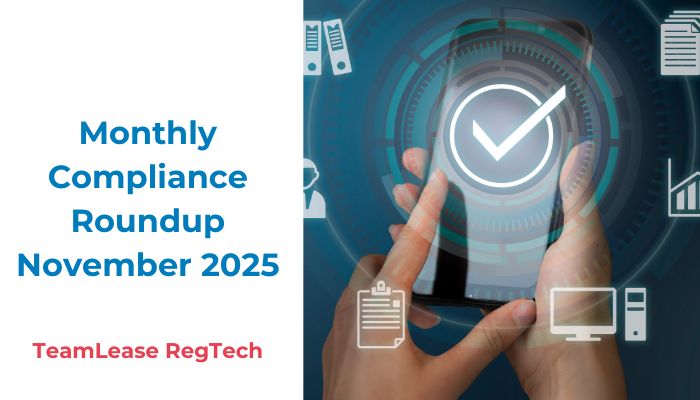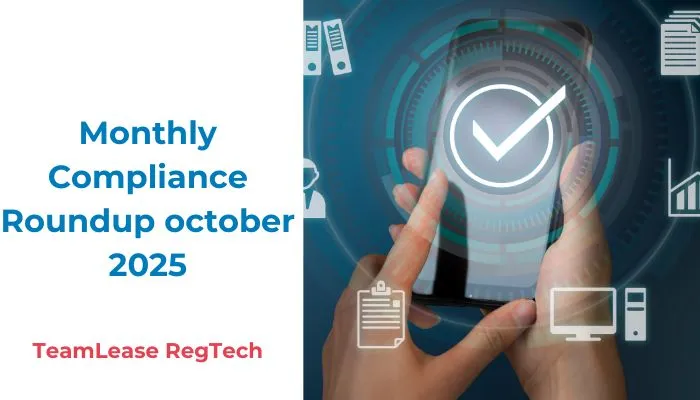To navigate organisational work along with its challenges, HR risks must be handled so the organisation can thrive and remain compliant. In other words, HR risk management is the key to ensuring a company’s success and its success with monitoring bodies.
What exactly is HR risk management?
While risk in business is not always avoidable, anticipating it and being prepared for it helps minimise downfalls and consequences. While the organisation has to focus on managing risk for all of its operations, HR should put all its energy into the risks it is specifically responsible for. This means dealing with risks that can potentially exist when you have a workforce.
HR risk management is related to how you conduct interviews, hire people, retain employees and manage them along with other types of workers. HR risk management may also be concerned with employee behaviour and being prepared for scenarios, having enough solutions in place and trying to avoid the problem.
You might also be interested to read: Risk Management In Crisis Situations
4 common HR risk management techniques:
- Avoidance: This involves avoiding actions that will create or increase the chances of risk.
- Retention: Being aware that risk is inevitable and avoidance may cause more risk than the loss from the original risk.
- Loss prevention and reduction: Minimising inevitable risks and keeping losses at an absolute low.
- Transfer/Sharing: Shifting some risk or all of it to a third party.
Key areas that require HR risk management:
- Workforce risks: This includes risks that come with employing people. It includes issues like employee burnout, workplace conflict, turnover, employee relations, harassment and lack of engagement with the employee. All these can harm the organisation and may stunt its growth and success.
- Employee data management: An organisation is responsible for ensuring data privacy and cyber security. As an HR executive, you must be able to manage data about employees safely and ethically and have a clear privacy policy. You must also maintain high standards of employees handling sensitive customer data. This can help in avoiding lawsuits and damage to the brand.
- Compliance: Laws and regulations must be followed when planning HR policies and activities. To comply with HR requirements, you must be up to date about labour and workplace safety laws, mainly because these keep changing constantly.
- Ethics: HR plays a key role in making sure that the organisational behaviour is ethical when it comes to dealing with its employees. This includes practices like hiring ethically, hence ensuring there is no dispute between the employee and the company. This can be done by giving equal opportunity to all when hiring, having a discrimination-free workplace and following procedures of impartial termination.
- Learning and development: HR is accountable for hiring staff that has proficiencies and skills to achieve the goals of the organisation. Employees also like to grow and broaden their existing skills at the workplace. HR can help employees have equal and fair access to learning opportunities that the company may offer. This can limit exclusions and feelings of unfairness.
- Benefits and compensation: If pay and benefits are fair throughout the workforce, it will make employees feel that there is no partiality in the organisation. HR must be able to provide fair and competitive compensation packages that match the current market as well as the financial interest of the company.
Importance of HR Risk Management
When you have a plan for HR risk management, you create an opportunity for yourself to prevent or deal with issues that can arise among employees. HR risk management plans can protect and secure the organisation as well as employees, creating an ideal situation for all. Through HR risk management, you can:
- Resolve HR issues before they become too big and challenging.
- Ensure compliance and save on huge legal costs and fees.
- Build a workforce that has employees along with contractors, gig workers and leased employees, which altogether can enhance company performance.
- Preserve the company brand and reputation by avoiding conflicts and preventing issues from going public.
5 Steps to create an HR risk management plan
- Identify what can be the main HR risks in your organisation.
- Assess these risks and plan and prioritise your steps.
- Design solutions based on predicted risks and implement them when required. These could include employee conduct and legal compliance.
- Conduct HR risk monitoring regularly.
- Strengthen skills for risk management within your existing team.
The ecosystem of business and organisational health is very volatile, and HR has to keep up with the constant changes and risk factors that may come with it. With the help of HR risk management, HR can be proactive, approach problems and risks that come under their area of experience and expertise, and focus on ensuring that the company functions in the most effective and smooth manner.
Reference: HR Risk Management: A Practitioner’s Guide |AIHR|Andrea Boatman
You might also be interested to read: Talent Risk Management – The Game Changer






